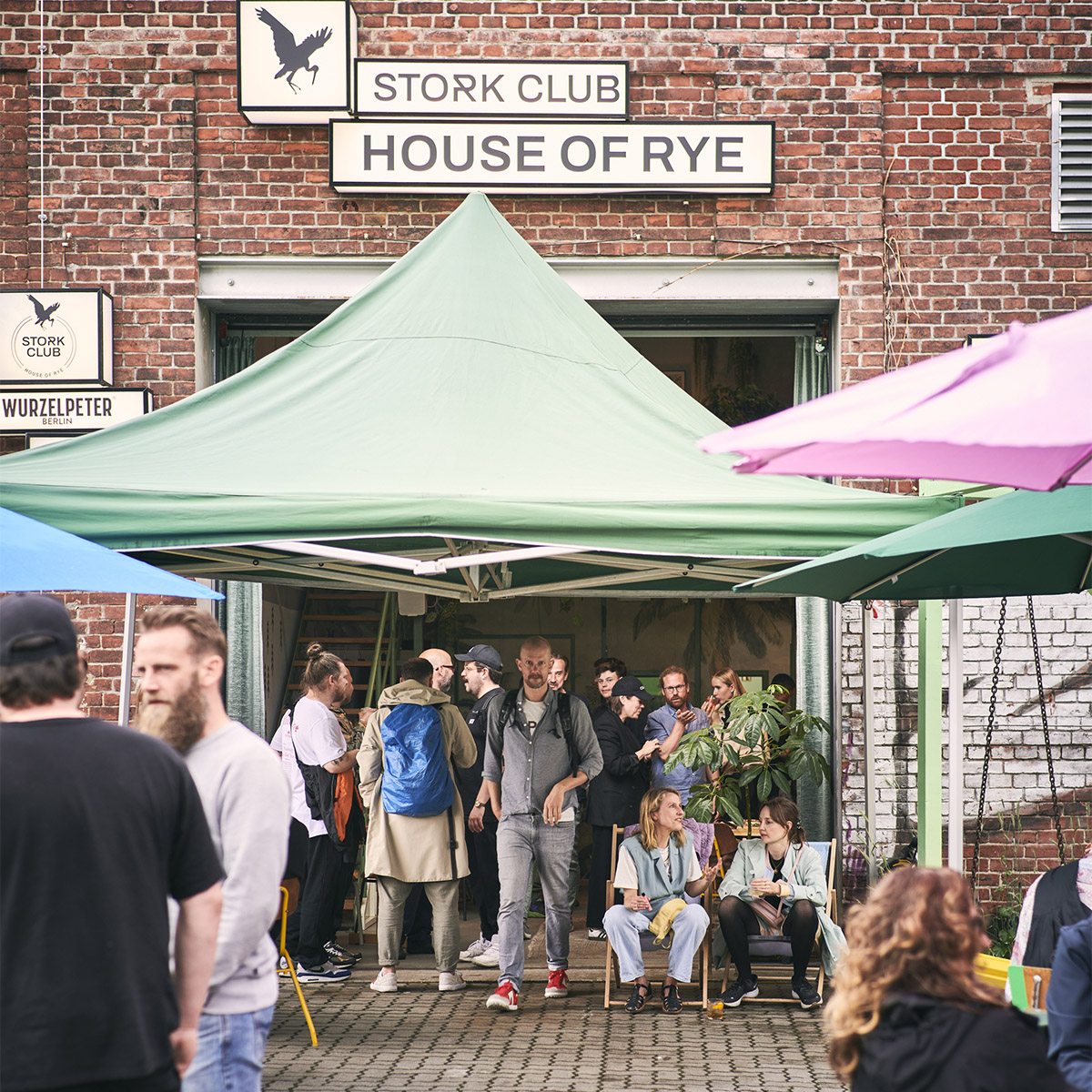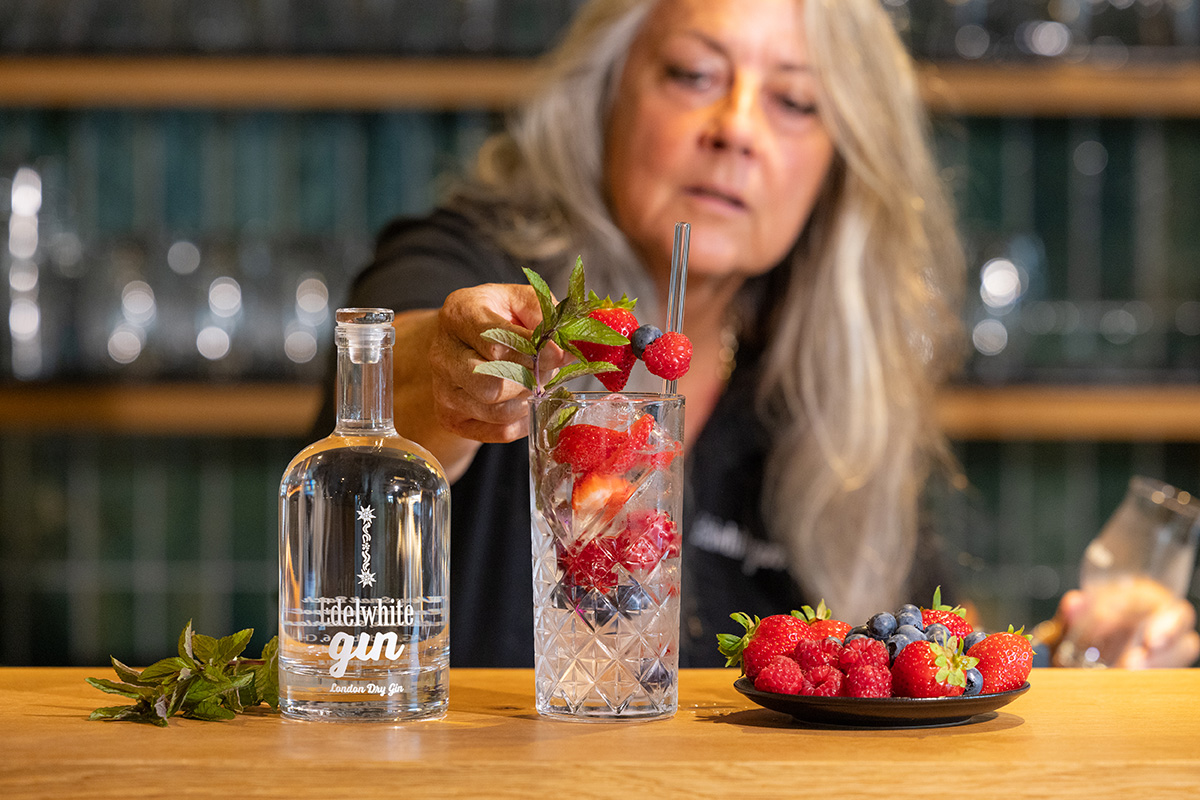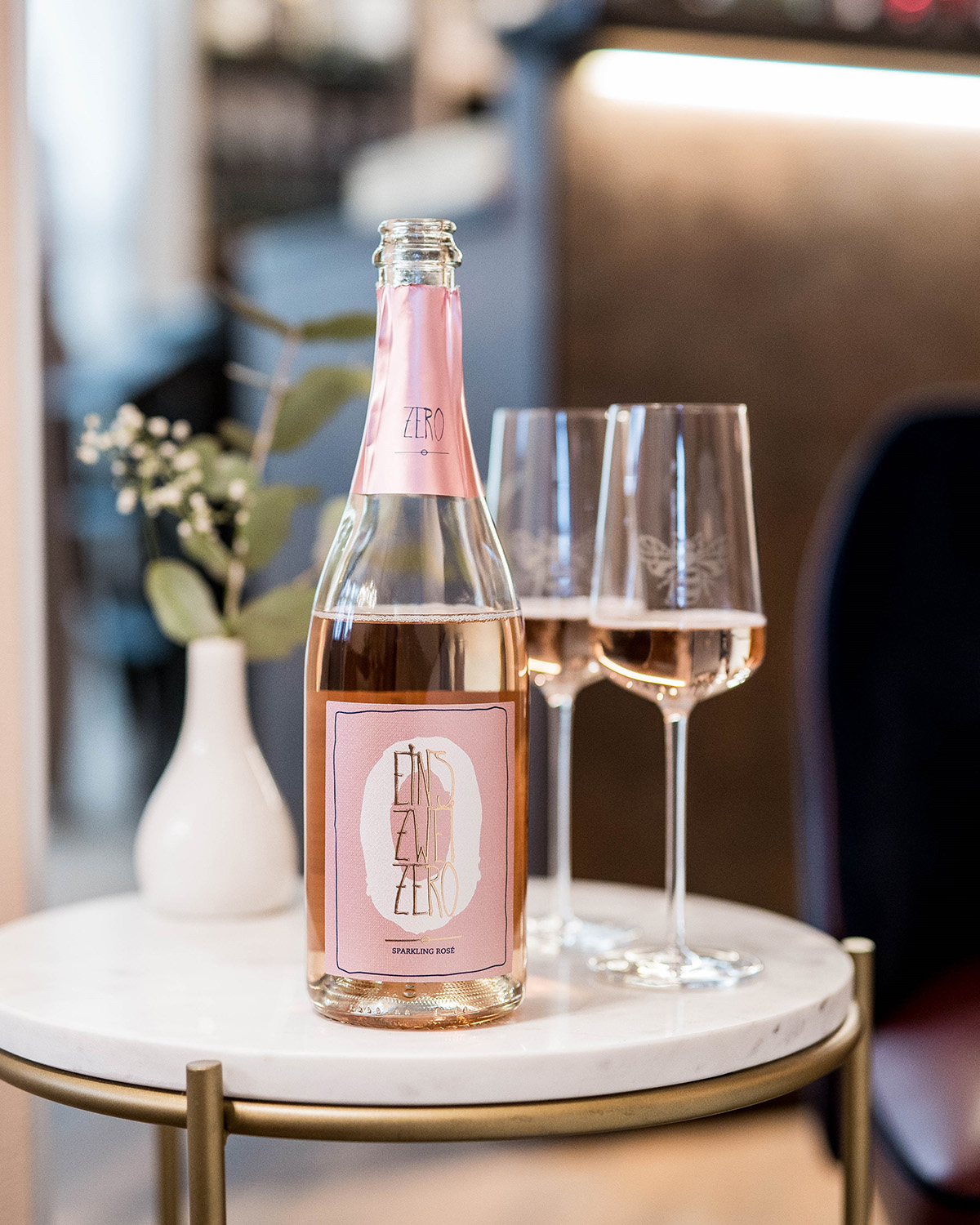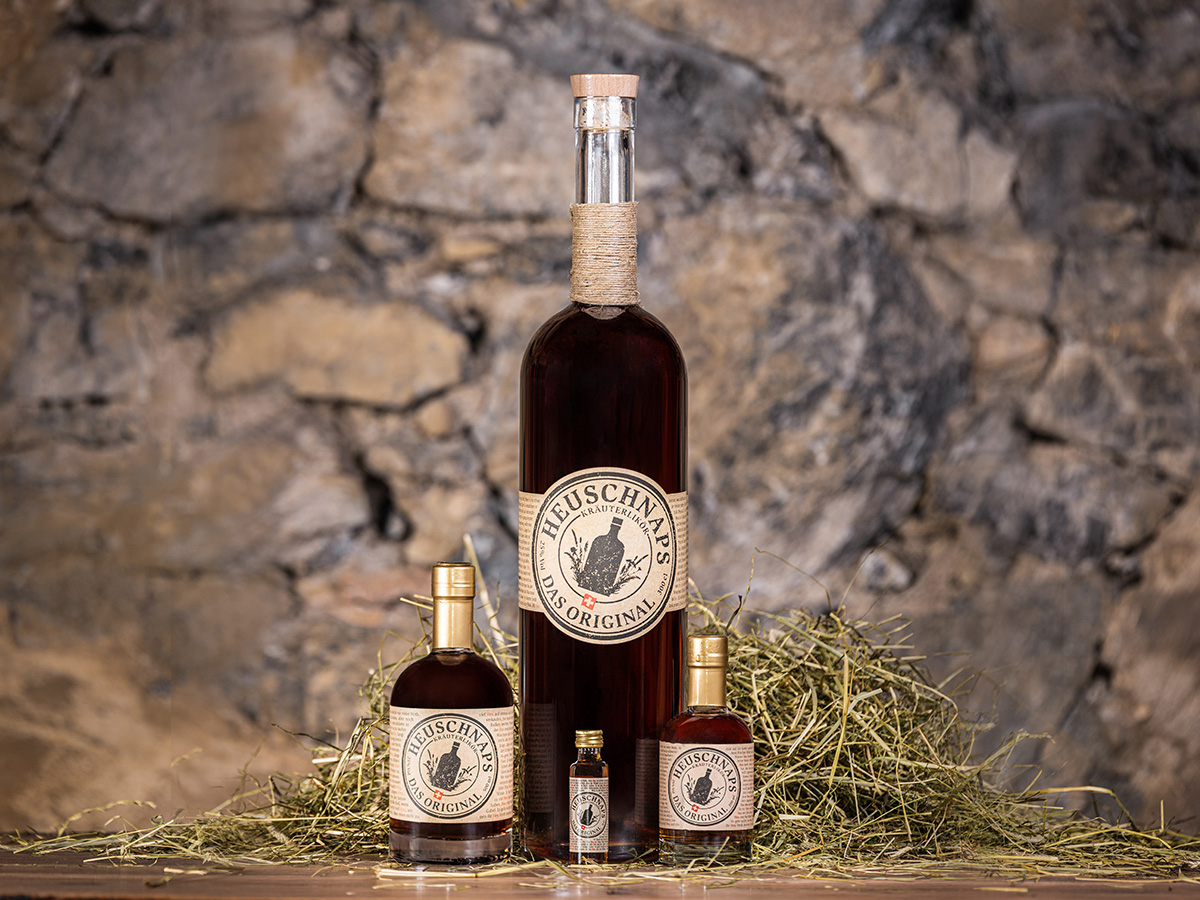Hiking to the Absinthe Source
TEXT & PHOTOS: DANIEL COLE
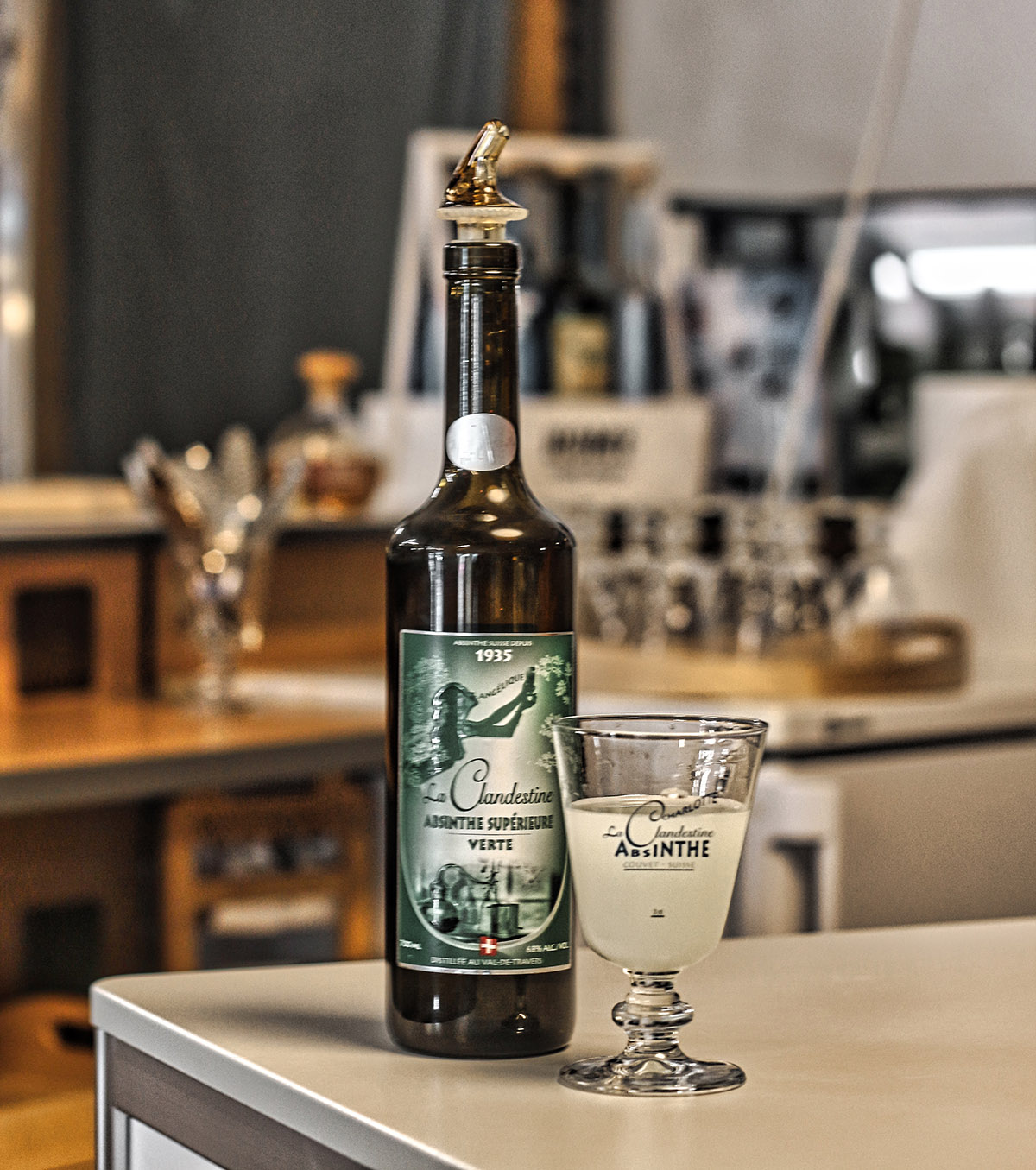
As legend goes, absinthe was invented amongst the beautiful river valleys and fields in the Val-de-Travers, in the canton of Neuchâtel, Switzerland, several hundred years ago when a local doctor combined local herbs to create an extremely powerful elixir.
Having survived a prolonged ban, the tradition of absinthe lives on today in the region, amidst the beautiful Areuse river valley that runs through the Jura Mountains to the French border in Neuchâtel. Nowadays, you can now find several, internationally recognised microdistilleries that still produce traditional absinthe, breathing life back into one of the world’s most notorious beverages.
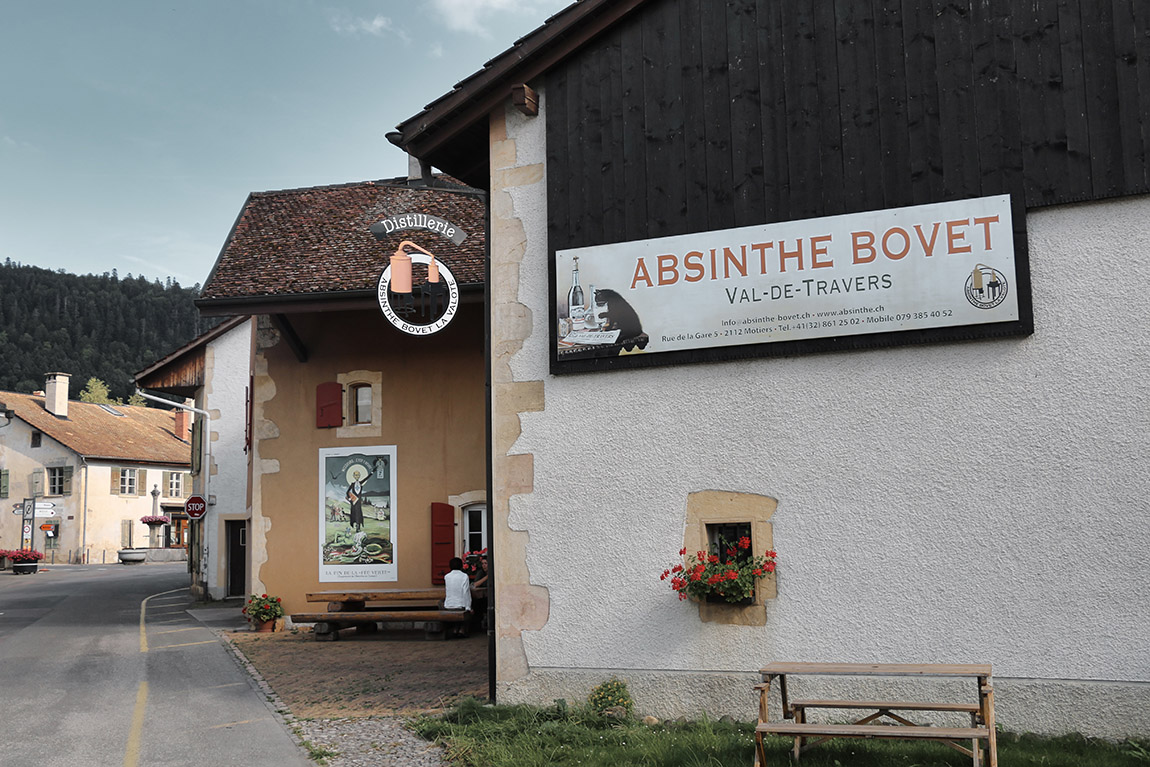
From the sleepy Swiss village of Noiraigue, you can hear the bells of the free-range cattle milling about the fields beyond the river. Behind the village looms the Creux du Van, a stunning white, vertical rock face, indicative of the region. It’s from here that the Route de l’Absinthe – i.e. The absinthe road – either begins or ends, depending on which way you decide to hike it. The Route de l’absinthe is a 50km that dissects the Val-de-Travers, connecting the French town of Ponatarlier to Noiraigue, detailing the history of the local drink along the way.
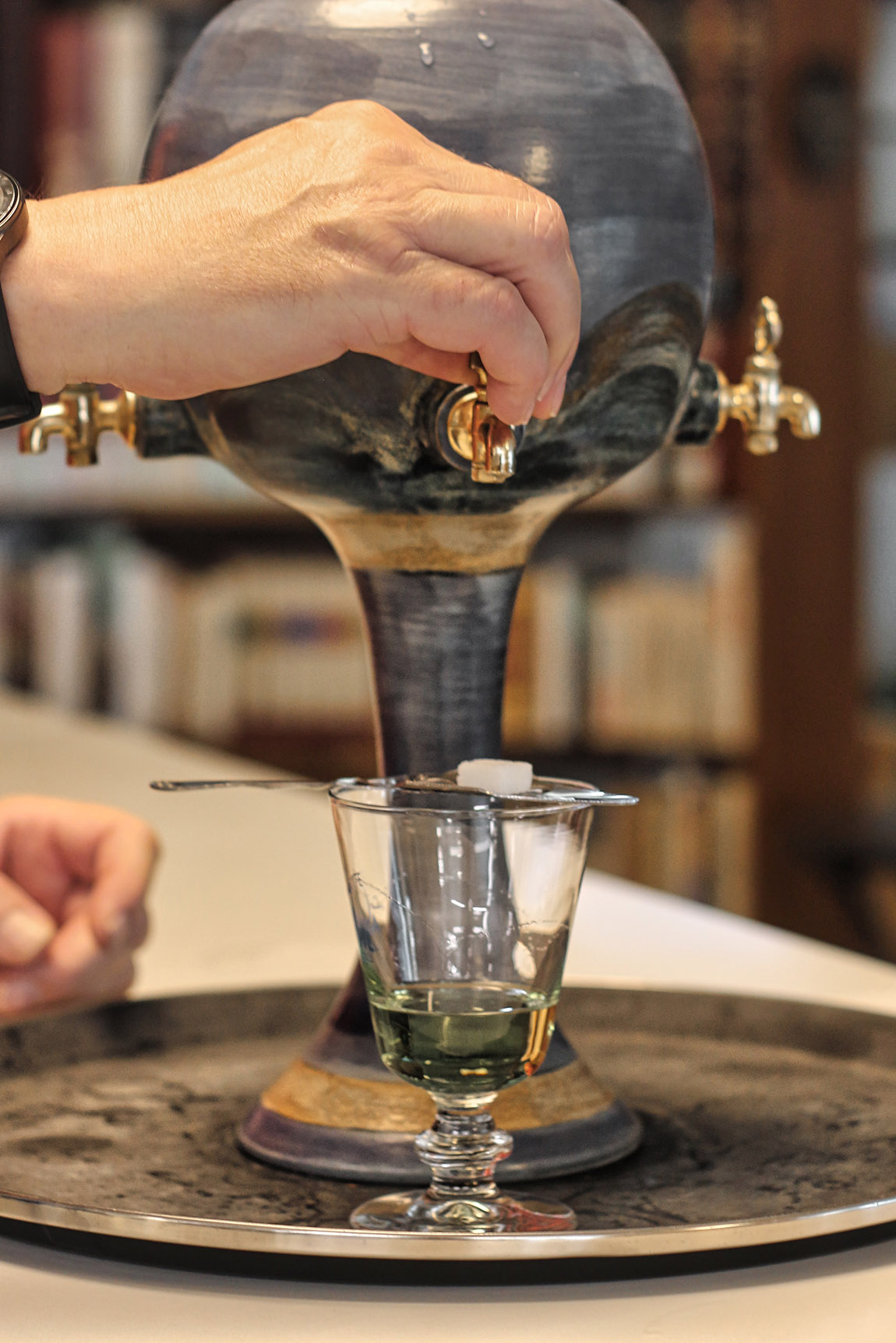
The hiking trail is another new addition to help bring tourism back to the region and promote absinthe once again to an international audience, after it was banned for such a prolonged period of time. The route is characterized by its image of the “Green Fairy” (la fée verte), the mystical symbol that’s come to represent absinthe over time, along with an abundance of microdistilleries that farm the regional herbs integral into giving absinthe its powerful flavour. Visitors are even treated to bottles of absinthe hidden in the woods along the route, a tradition passed down from when the drink was still illegal in the country.
But first, let’s first dispel some of the drinks’ many myths. Absinthe does not contain any hallucinogens, nor does it come from the Czech Republic. It is a traditionally made, overproofed spirit made using locally grown, dried herbs, primarily wormwood (Artemisia absinthium), aniseed, and fennel. This gives the overproofed spirit its characteristic, bitter taste, which is often watered down before consumption. And depending on the type of absinthe you’re drinking, it can be enjoyed as both an aperitif or a digestif.

Clandestine distilling
Walking through the valley, you see people at restaurants and bars casually drinking absinthe throughout the day. There is a ceremony on how it is enjoyed. For a start, it is customary to use an absinthe fountain, an ornamental, glass vase, that drips cold water into the drink, to dilute the drink’s potent strength.
“You need to add three parts water, to one part absinthe,” states Claude-Alain Bugnon, from the Distillery Artemisia. Bugnon has been distilling absinthe since the year 2000, even when it was illegal to do so, hence the name of his absinthe, Clandestine. Among the many producers of absinthe in the region, his is one of the best known.
“You can also use the spoon and the sugar,” he says, referencing the customary stainless steel spoon you use when pouring water from the fountain. As per tradition, the perforated spoon is placed with a cube of sugar on top of the absinthe glass, as water slowly drips from the fountain, melting the sugar into the drink below. “It gives you a sweet nose, and helps it give off the aroma, removing the bitterness of green absinthe.”
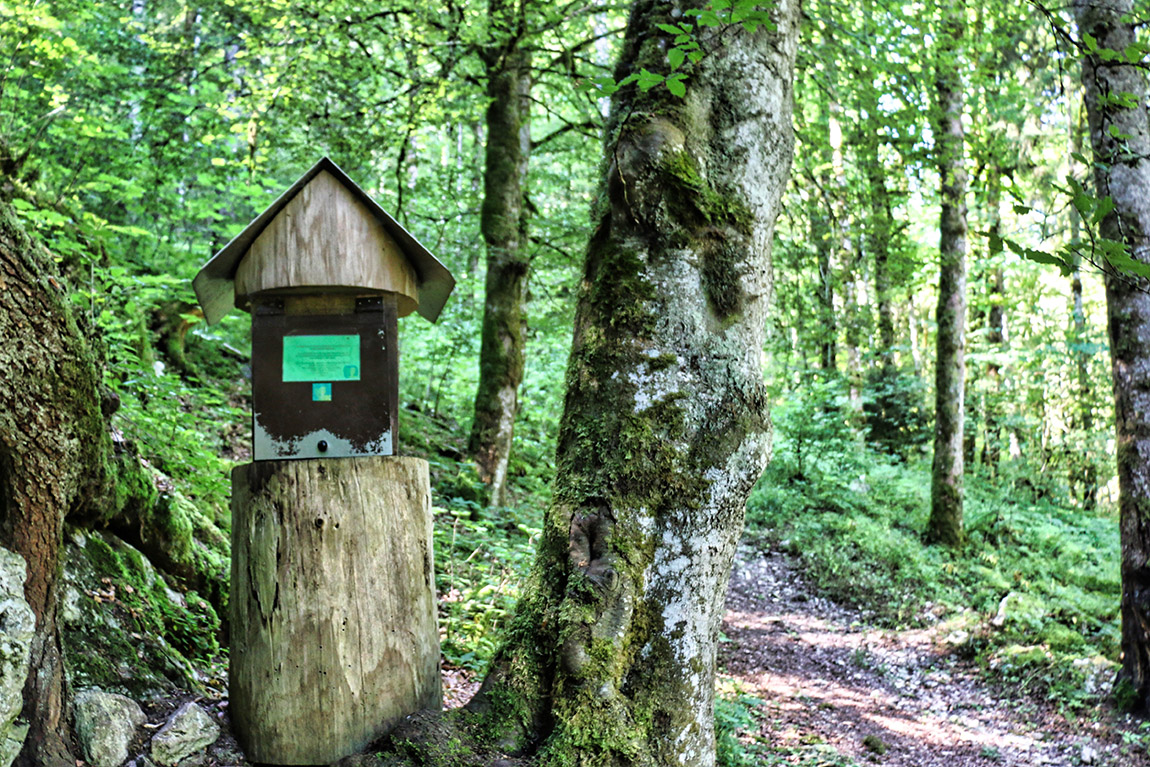
In addition to Artemisia, you can also visit other well-known distilleries in the region, such as Absinthe-Bovet, Blackmint Distillerie Kübler & Wyss, and just over the border in France, Distillerie Guy. In the village of Môtiers, is the Maison de l’Absinthe, a museum dedicated to absinthe culture, which opened ten years ago. Here one can learn about the history of the drink and how it’s interconnected with the region. There’s also a herbal garden and cocktail bar, which allows you to get directly acquainted with the many flavorful assets of the drink.
All of these institutions are relatively new to the region, breathing life back into the green fairy. In Switzerland, absinthe was banned in 1910, due to fears over public health. It was an embargo that wasn’t to be lifted until 2005. Absinthe also saw similar bans across the world, such as in the United States, and in France.
“Paris was the place to be with absinthe,” Bugnon says about the drink’s relationship with France. “The artists would drink it every day. It was safer to drink than water, and maybe they found some inspiration at the same time. Now Paris has nothing to do with absinthe, as the French are not sure it’s safe to drink or is legal.”

At Artemisia, you can find a white “blanche” absinthe, in addition to the more traditional green variety. “This one we make it after with maceration. It has a less bitter taste, more tasty. It’s more of an aperitif,” describes Bugnon. Bugnon also makes a barrel-aged absinthe, along with an absinthe-flavored artisanal liqueur, adding new variety to the age-old beverage.
Alongside the Route de l’Absinthe is a train line, allowing hikers to cut up the trek and return to whichever point they decide to use a resting point, where it be Noiraigue, Motiers, or Pontarlier. At the train station in Noiraigue is a regional store, specializing in absinthe products. It’s a reminder of not only how important absinthe is to the region, but also the additional products absinthe is used in. Here you can buy a wide-range of absinthe chocolates and desserts, oils, and preserves. There’s also a wide range of literature, and cooking books available. It goes to show that the green fairy is alive and well, having been freed from her spell in the darkness.
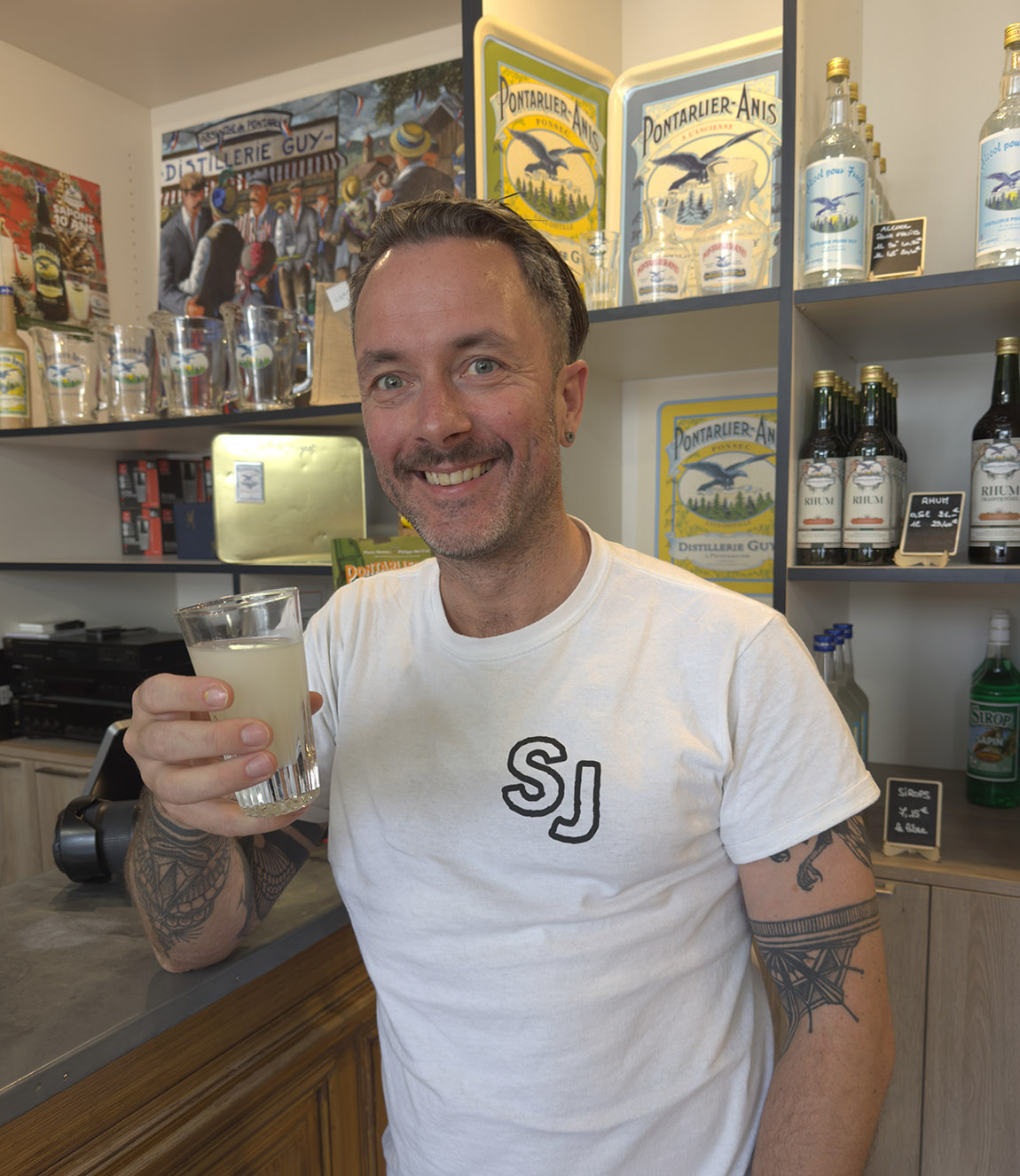
Daniel Cole is the author of Beer Hiking Berlin and WeinWandern Deutschland, both available through helvetiq. He is also the co-founder of Hiking & Drinking, the platform for discovering the best vineyard and brewery trails in Europe.
www.hiking-and-drinking.com
Subscribe to Our Newsletter
Receive our monthly newsletter by email
